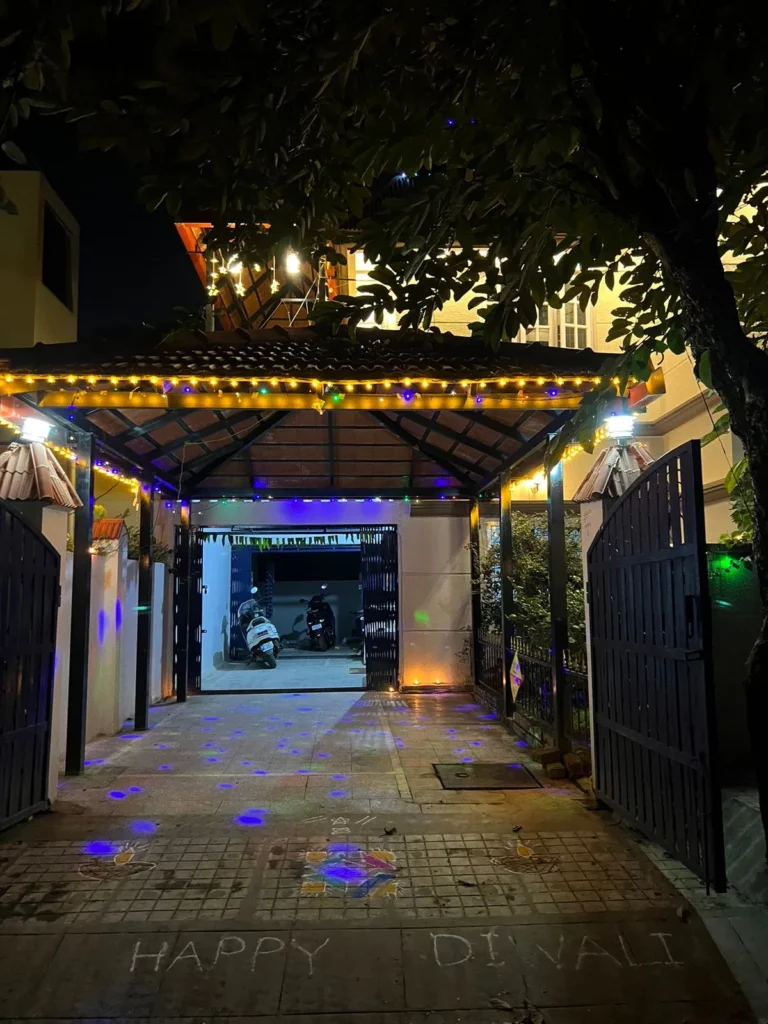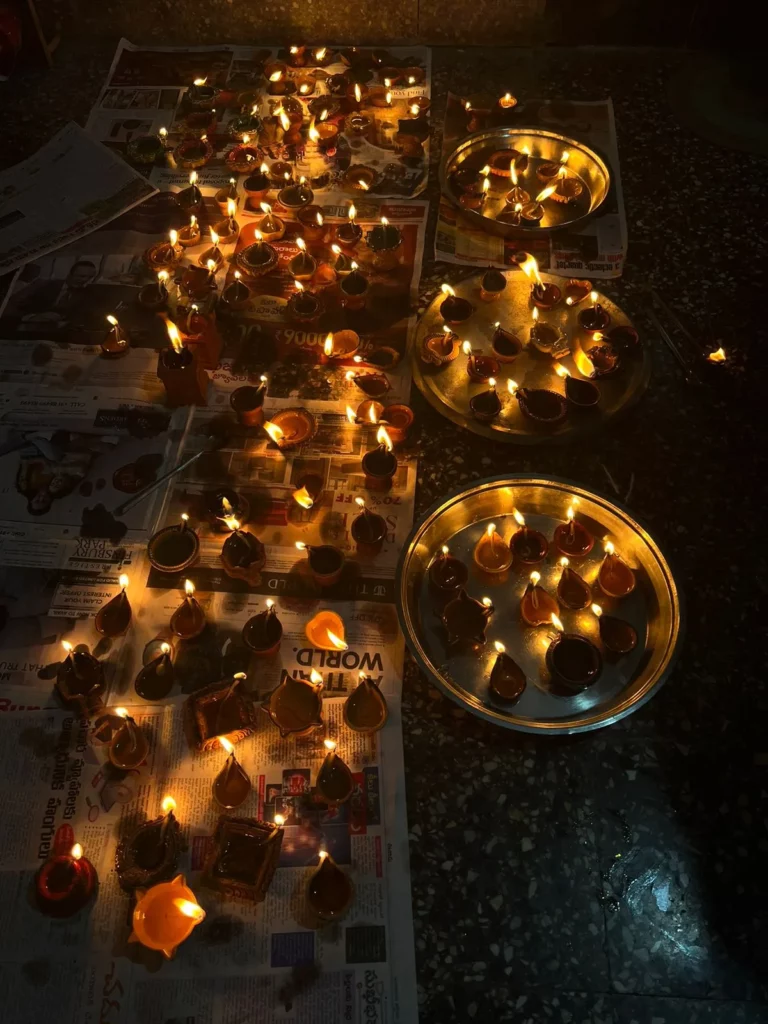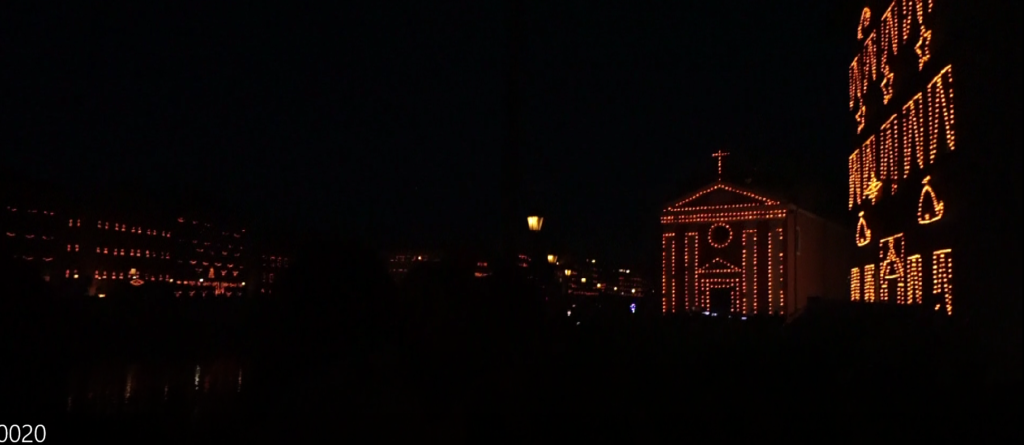Hello everyone, first and foremost I would like to make a disclaimer that this article is not about a comparison between the two festivals [as in my opinion festivals are not meant to be compared], but rather explaining the two festivals from my experiences but you may ask, why I picked these two festivals is, due to the common factor as both are the festivals known after the “festival of lights” as Diwali in entire India and Luminara in Italy mainly belongs to Pisa city. As I learned, there are a few other festivals that are known as the “festival of lights” in various countries around the world, please let me know which other festivals you have experienced in this category.
Diwali
Ok, let’s dive into Diwali first. Diwali is a very big and important Hindu festival that is also celebrated by Jains as well as Sikh communities for various reasons.

What is the festival about ?
As this festival is celebrated by different religions, they have their own belief and reasons.
Hindus celebrate the festival for multiple reasons. The festival marks the return of Lord Rama and Sita to Ayodya after being exiled for 14 years. It is also celebrated for the belief that Goddess Durga killed an evil demon named Mahishasura.
Another reason is Lord Shri Krishna’s wife Satyabhama killing another demon Narakasura. These events resound the statement “Good always wins against evil” and depicts the power of women from the ancient era.
The Sikhs celebrate the festival as the foundation of their great monument Golden Temple in Amritsar was laid on Diwali in the 15th century.
Diwali festival vibes:
Diwali festival is celebrated in October and November depends and the exact dates vary each year depending on the star signs as per the Hindu calendar. It is a 5-day long festival where each day has its own significance. If you are lucky to be in India or anywhere around the world where the festival is celebrated you could observe the following events :
Day 1: Dhanteras
The festival starts with the dhanteras, also known as the worship of wealth. People worship Goddess Lakshmi(the goddess of wealth).
Hence people clean their homes and light decorate the entire house with lamps, diya’s, and so on. Then they make the rangoli designs made of flowers, sand, chalk piece(powder), or flowers created at the floor entrance of their home. It is very common to take your bike and go around the city to see how well people decorated their houses and often rate the rangoli as well. 🙂

Day 2: Naraka Chaturdashi
It is also called Naraka Chaturdashi as we have previously discussed(above), the belief about Lord Krishna and Satyabhama killed the evil spirit Narakasura. This event is also called “Choti Diwali”. One fact is that if someone calls you by the name Krishna, it is a great compliment as Lord Krishna goes by the fact that he has 16000(girlfriends/wives). And if someone calls you by the name Satyabhama, it means you are a very beautiful and independent woman, as Satyabhama is known for her beauty and being a very independent woman.
This is the main day of Diwali. families come together and celebrate the festival by shooting off fireworks on the streets. During our childhood, it was a competition that bought more fireworks among friends like that but recently it has been greatly reduced with the concerns of the environment.
Day 3 : Lakshmi Pooja
For North Indians, this is the main day of Diwali. It is said that Goddess Lakshmi only comes to clean houses. So people take an early shower, clean their houses very well, wear new clothes and perform Lakhsmi pooja. It is also believed that Goddess Lakhsmi enters their house and blesses people with loads of wealth and great fortunes.

Day 4: Padva :
The fourth day is Padva also known as Govardhan Pooja. People make a small hill, generally of cow dung, epitomizing Govardhan mountain and worship it. It is performed for the belief that Lord Krishna lifted the massive Govardhan mountain with his little finger to protect his people and cattle from the floods summoned by Lord Indra’s anger.
Day 5 : Bhai Dooj
The last day is called Bhai Dooj, which is the portrayal of the bond between brothers and sisters. Sisters also carry out a ‘tilak’ ceremony and pray for their brother’s long life while the brothers in return give various gifts to their sisters.

And then people usually display fireworks throughout the festival keeping children and surroundings in mind without making a huge noise.
Luminara :
In the city of Pisa where I currently live, the festival of “Luminara” is celebrated significantly. The main motivation of this article is also about the fact of my ignorance about this festival when I was living in Siena which is just around 120 km from Pisa. Maybe it could also be that I have neither searched for festivals around me by myself nor had a friend from Pisa during those days.
Anyways this year I had the chance to witness the festival and man it was an amazing one.
I am very happy to share it with you about it.

What is the festival about ?
The customary tradition of “Luminara di San Ranieri” started when an urn containing the remains of Ranieri Degli Scaccieri, the city’s patron saint who passed away in 1161, was solemnly put in the chapel of the Pisa Cathedral on March 25th, 1688. The relocation of the urn provided an opportunity to have a noteworthy city festival that, by history, served as the inspiration for the Luminaria festival, which was first held every three years in the 1800s.
Vittoria Della Rovere and Anna Elettrice Palatina, two Princesses of Tuscany, were responsible for adorning the relic with a priceless crown and dressing it in a penitential garment made of silver-woven fabric.
Cosimo III dei Medici desired to replace the old urn with a more opulent and modern one to reflect the tastes of the time. He assigned the job to Giovan Battista Foggini, who skillfully sculpted the embellishments out of plated metal and the green (ed marble) of Polcevera. The recently finished translation of the urn in the chapel, which was given the name San Ranieri as a result, gave rise to a spectacular city celebration from which, according to history, what was originally referred to as “Illumination” [which later changed its name to Luminara, became a yearly event, and was transferred to June 16, the night before the Saint (ed)’s].
This is a very prominent city festival in Pisa which takes place on the evenings of 16th June every year.
My experience Luminara 2022:
The celebrations of the festival resumed after a significant 2-year break from 2020 due to the covid situation. This year I had the chance of witnessing the “Luminara” festival and had an amazing experience worth sharing.
The Pisa city center is bisected horizontally by the river “Arno” and the area around the river is called “Lungarni”. On the occasion of Luminara, the entire area comprised of houses, shops, churches, towers, palaces, and bridges alongside the Lungarni are decorated by about 100,000 wax candles on white-painted wooden frames. With this, the view of the areas alongside the riverbank is lit and looked picturesque. There was a huge number of people from all around the world to witness the event with very tight police security. One thing I witnessed for the first time was there were police boats as well along the river for security and operational purposes which fascinated me.
People start to prepare the area for lighting somewhere around midday. I went to the Lungarni at around 18:30 which was a good time to be in. There were still lots of people in groups having fun, playing card/board games, and waiting for the light to go down to witness the lights in the dark. As it was during the summer period the light stays for about 19:30 or so and begins to go down later.
Slowly when the lights went down the place started to look more stunning under the lights all over. I tried to show it live to my family but somehow the signals were not so great. Could be that some jammers are placed to restrict online communication(just my assumption). People also have got some food and snacks with them knowing the situation and grabbing the best places early. Even I had a few chocolates and biscuits with and shared each other with a group I found 🙂 and then all waiting until midnight to watch the fireworks.

As soon as the clock struck 11 precisely, the fireworks began all alongside the Lungarni and it was a treat to watch. I even got very positive vibes from the people who were enthralled by the fireworks, I observed people linking quite a few emotions with the event which brought a few truly intense tears.

The fireworks took place for about 30 minutes in various magnitudes and designs with few seconds of breaks in between and on the whole, was a treat to watch.
I wanted to go home early to work the next day, but my usual walk of 20 minutes to my home took almost 45 minutes that day to escape the crowd. I assumed people were outside the whole night after the fireworks and continue their celebrations.
I am telling you next time when I am in for the festival even I will sleep well the previous day and be out the whole night. With this resolution, I end this article and hope to come up with yet another exciting one soon. until then, take care.

Very much Informative.. Beautifully explained about the significance of both the festivals which are celebrated in two different places, having different traditions with the same name “Festival of Lights”. How beautiful is that!! 😍🙌🏻
Thanks a lot. That brings us great energy. Soon we will update with much more amazing content. Keep Following us. 🙂